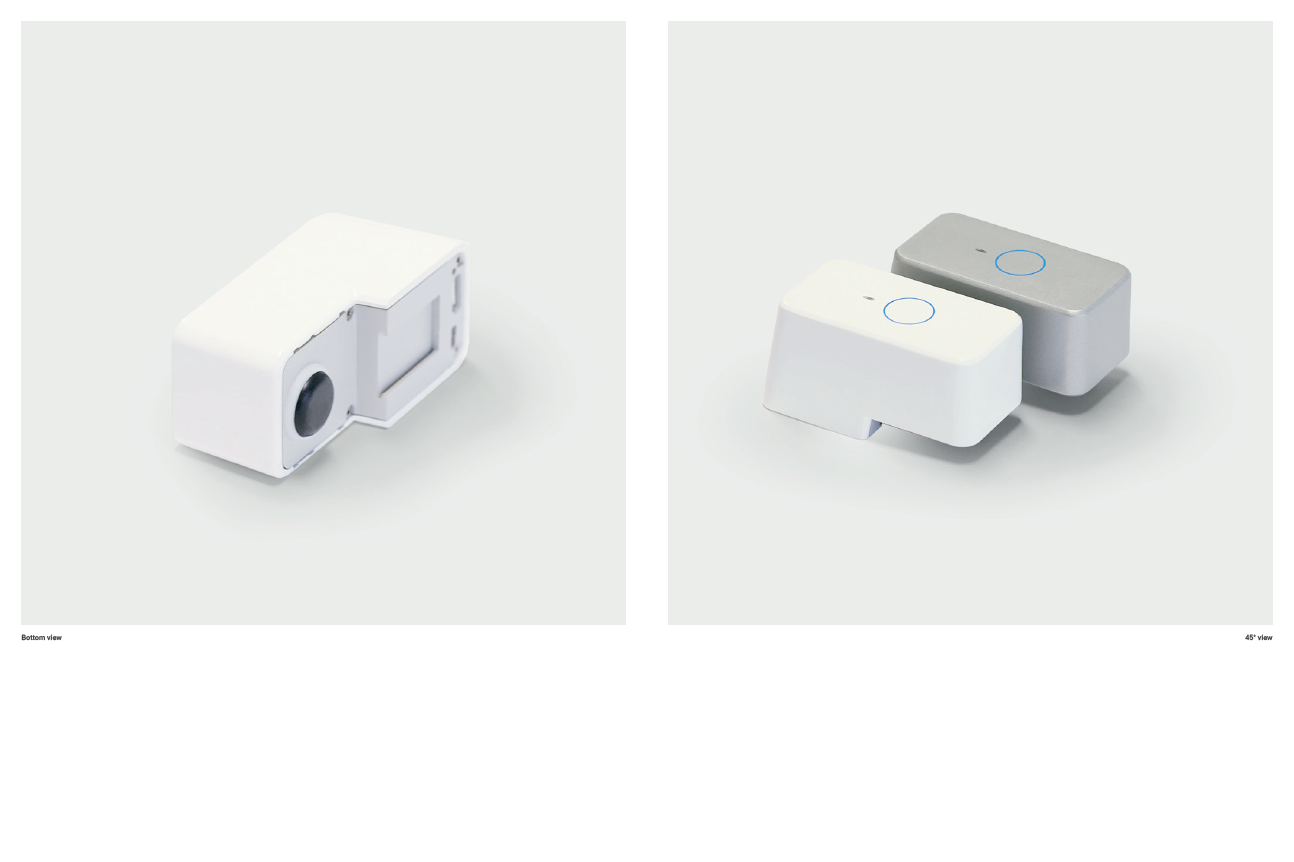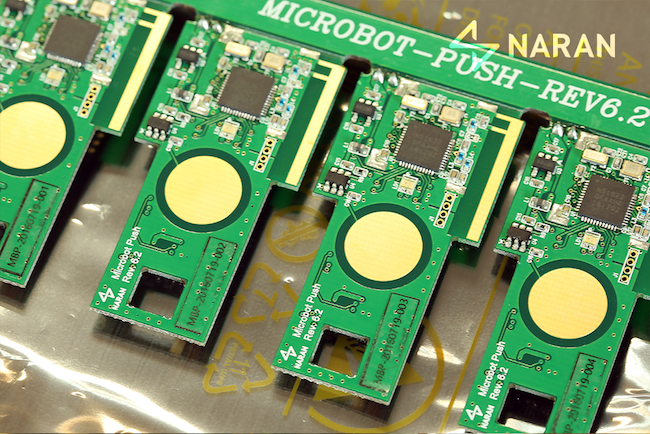
Draw smart buttons with electric paint and connect to Raspberry Pi.
In our previous instructable we’ve already covered how to make physical macro buttons that can be used to control devices around your house using Raspberry Pi and Prota OS. Now let’s get more creative an draw smart buttons on paper!
Yes, you can draw buttons just like that.
With custom drawn smart buttons you can _______________.
turn on lights
send email
play music
find your phone
save track on Spotify
..& of course more!
Here’s what you will need to get started:
- 1 tube of Bare Conductive electric paint
- 1 Raspberry Pi
- 2 jumper wires
- 1 sheet of paper
BONUS: in this instructable we will learn how to integrate your Raspberry Pi with widely popular IFTTT (if this than that) application.
Step 1: Draw your circuit.

For inspiration you can check out Bare Conductive’s website. They have quite a few examples.
Step 2: Connect jumper wires to the circuit you’ve just drawn.

Step 3: Connect the other end of jumper wires to Raspberry Pi.

Step 4: Use a small piece of paper to make a button like this.

Step 5: Go to http://myprota.me and install the GPIO app.

You can install from the App Repository.
Step 6: Go to the GPIO app and click on the active pin.

Step 7: Select INTERRUPT mode.

Optionally you can set pull up/ pull down modes. Pull up mode is that when a sensor is triggered whenever a rising interrupt is detected, and Pull down mode means that a sensor is triggered whenever a falling interrupt is detected.
Step 8: Test your button.


When you press the button down, the edge should be rising and when you release, the edge should be falling.
Step 9: Almost done! Now lets make an automation rule.
Step 10: Go to the Ambiency app and press on the + sign to add a new story.
Step 11: Select GPIO as a sensor and email app as an actuator. We will connect to IFTTT service using the Webhook app.

Step 12: Once you confirm the Webhook app as an actuator, you will have to enter a web request URL from the IFTTT Maker channel.

Step 13: To get your unique URL go to IFTTT.com and type Maker in the search bar. Then click on the Maker icon.

Step 14: Then click on Receive a web request.

Step 15: Click Create new recipe.

Step 16: Name your even and click Create Trigger.

Step 17: Now choose another channel that should be triggered once the web requested from Raspberry Pi is sent.

Once you choose that, click “Create Recipe”.
Step 18: Go back to maker.ifttt.com and click on How to Trigger Events.

Step 19: When you open How to Trigger Events, type in your event name and copy the URL.

You’ll have to paste this URL in the Webhook app.
Step 20: Paste the URL link in the Webhook app. Then click the green button.

Step 21: Click the green button again.

Step 22: Name and save your automation rule by again clicking on the green button again.

Step 23: Congratulations! From now on when you push on the drawn button, IFTTT will send an SMS to your phone.









